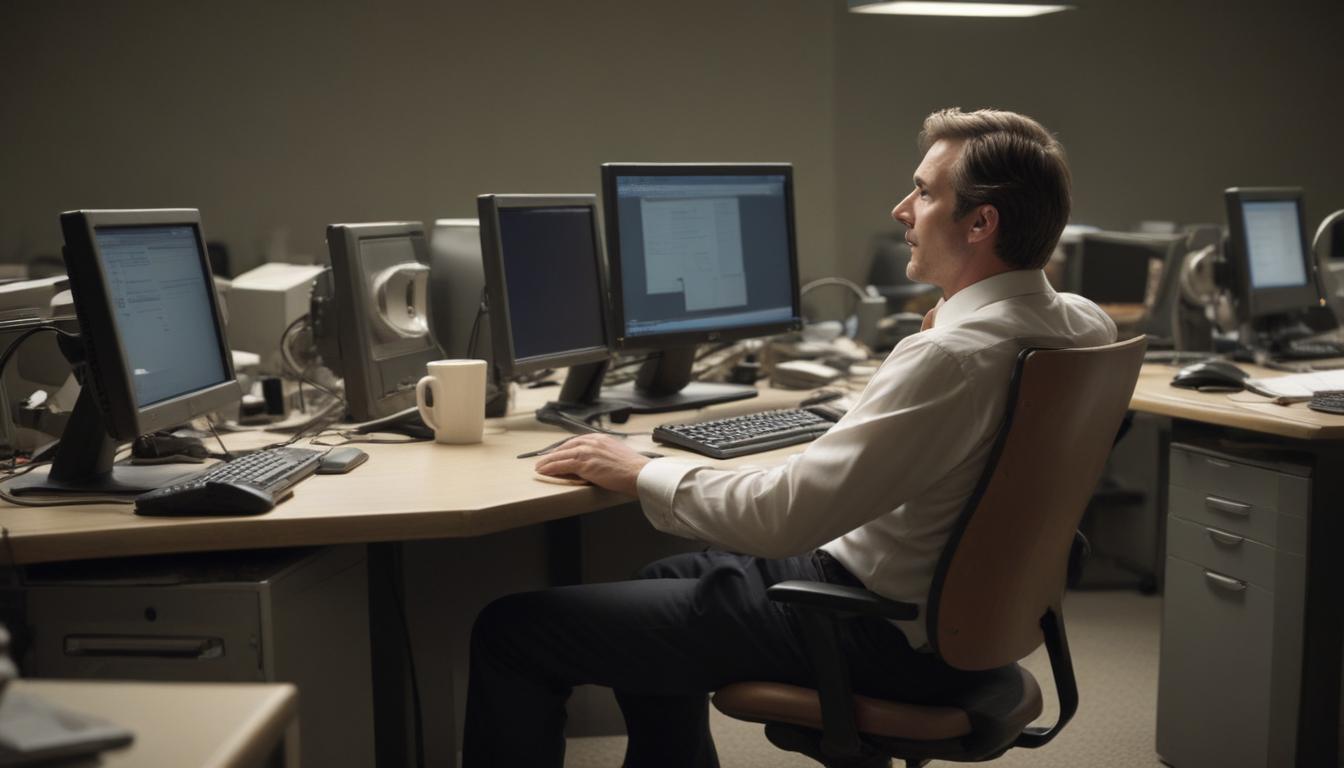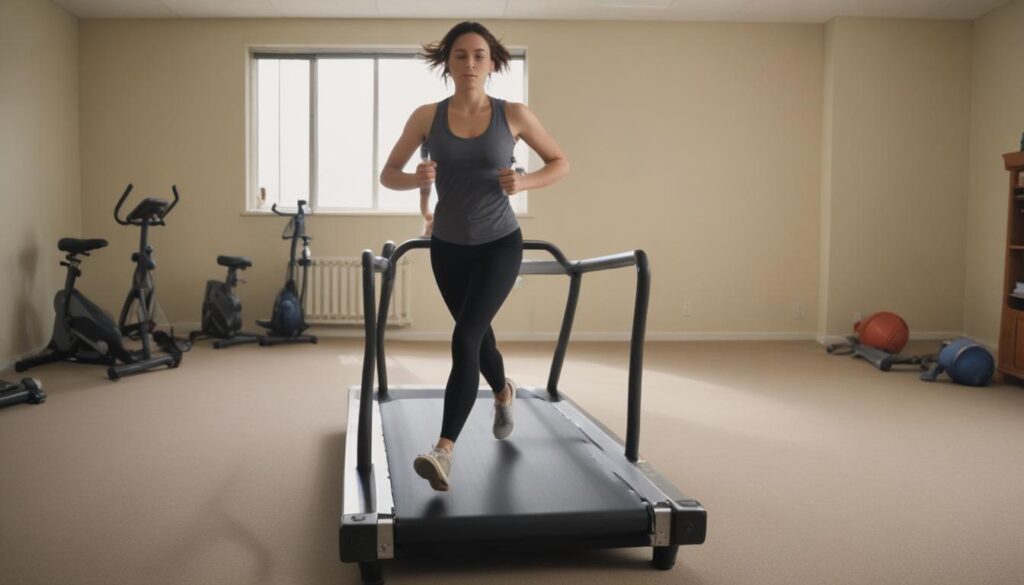Now Reading: The Silent Dangers of Sitting All Day
- 01
The Silent Dangers of Sitting All Day
The Silent Dangers of Sitting All Day

Escape the Chair The Hidden Dangers of a Sedentary Lifestyle
Does the end of your workday leave you with a stiff neck, an aching back, and a feeling of being completely drained, even though you barely moved? You’re not alone. Millions of us are trapped in a cycle of sitting—at our desks, in our cars, and on our couches. This constant state of inactivity feels like a modern requirement, but it’s slowly taking a toll on our health and well-being. The good news is that you don’t need a drastic overhaul or an expensive gym membership to fight back. The solution lies in understanding the risks and integrating simple, powerful movements back into your daily routine.
This guide will illuminate the profound dangers of a sedentary lifestyle and provide you with actionable, easy-to-implement strategies to break free from the chair’s grasp, reclaim your energy, and protect your long-term health. It’s time to stop letting your chair dictate how you feel.
What is a Sedentary Lifestyle Really
When we hear the term “sedentary,” many of us might picture a classic “couch potato.” But the reality is far more widespread and subtle. A sedentary lifestyle is characterized by prolonged periods of minimal physical movement and low energy expenditure. This includes common daily activities like working at a computer, driving, watching television, or reading. It’s the cumulative effect of these hours spent sitting or reclining that defines this lifestyle, not just a lack of formal exercise.
It’s crucial to understand that being sedentary is different from being physically inactive. You could be a dedicated gym-goer who works out for an hour every morning but still lead a predominantly sedentary life if you spend the next eight to ten hours sitting at a desk. That single burst of activity, while beneficial, may not be enough to counteract the negative effects of prolonged, uninterrupted sitting. The real enemy is the lack of consistent, gentle movement throughout the day that our bodies were designed for.

The Physical Toll of Inactivity
Our bodies are magnificent machines built for motion. Every system, from our circulation to our digestion, functions optimally when we are active. When we remain stationary for extended periods, these systems begin to slow down and malfunction. Your metabolism, the engine that converts food into energy, becomes sluggish, making it easier to gain weight and harder to lose it. Blood flow is restricted, putting a strain on your cardiovascular system and depriving your muscles and brain of the oxygen they need to thrive.
This physical decline isn’t just a vague feeling of sluggishness; it translates into serious, well-documented health risks. A sedentary lifestyle is a primary contributor to a host of chronic conditions that can significantly reduce your quality of life and longevity. Research has definitively linked prolonged sitting to an increased risk of obesity, type 2 diabetes, certain types of cancer (including colon, breast, and endometrial), and cardiovascular disease. Essentially, every hour you spend sitting is an hour your body is not actively defending itself against these preventable illnesses.
From Your Heart to Your Bones
Let’s look closer at the specific damage. When you sit, your large leg muscles—the ones crucial for walking, standing, and climbing—are completely disengaged. This inactivity signals to your body that it doesn’t need to manage blood sugar effectively, leading to a rise in insulin resistance, a major precursor to type 2 diabetes. At the same time, circulation slows, and the levels of fats and sugars in your blood can rise, contributing to high blood pressure and unhealthy cholesterol levels that directly harm your heart and arteries.
The damage extends to your structural support system as well. Sitting for hours with poor posture, often hunched over a keyboard, puts immense pressure on your spinal discs, leading to chronic back and neck pain. Your hip flexor muscles become short and tight, while your gluteal muscles weaken from disuse, creating muscular imbalances that can cause pain and increase your risk of injury. Furthermore, weight-bearing activities are essential for maintaining bone density. A lack of this activity accelerates the risk of developing osteoporosis, a condition where bones become brittle and fragile.
How to Break Free Simple Steps to a More Active Life
Reversing the effects of a sedentary lifestyle doesn’t require you to run a marathon tomorrow. The most effective strategy is to focus on one simple goal interrupt your sitting as often as possible. Think of movement not as a single, hour-long event, but as a series of “movement snacks” you consume throughout the day. Set a timer to stand up, stretch, and walk around for two to five minutes every half hour. This small act can reactivate your muscles, boost your metabolism, and get your blood flowing again.
Incorporate more activity into your daily habits both in and out of the office. Choose to take the stairs instead of the elevator. Park your car at the far end of the parking lot to get in some extra steps. When you’re on a phone call, stand up and pace around the room. While watching television, use the commercial breaks to do some simple stretches, squats, or push-ups. These minor adjustments, when practiced consistently, add up to a significant increase in your overall activity level, helping you build a stronger, healthier, and more resilient body one small step at a time.


































